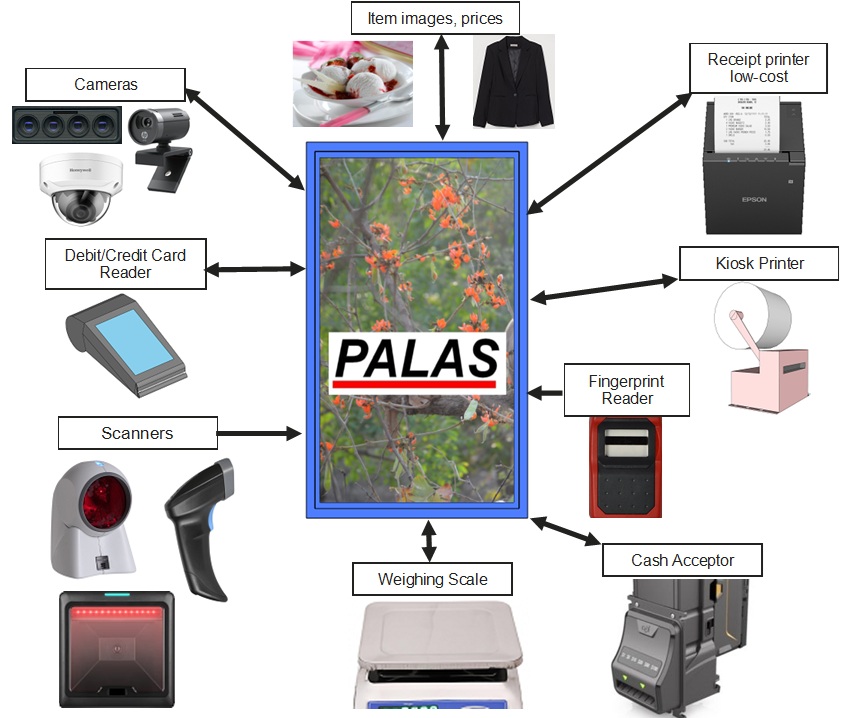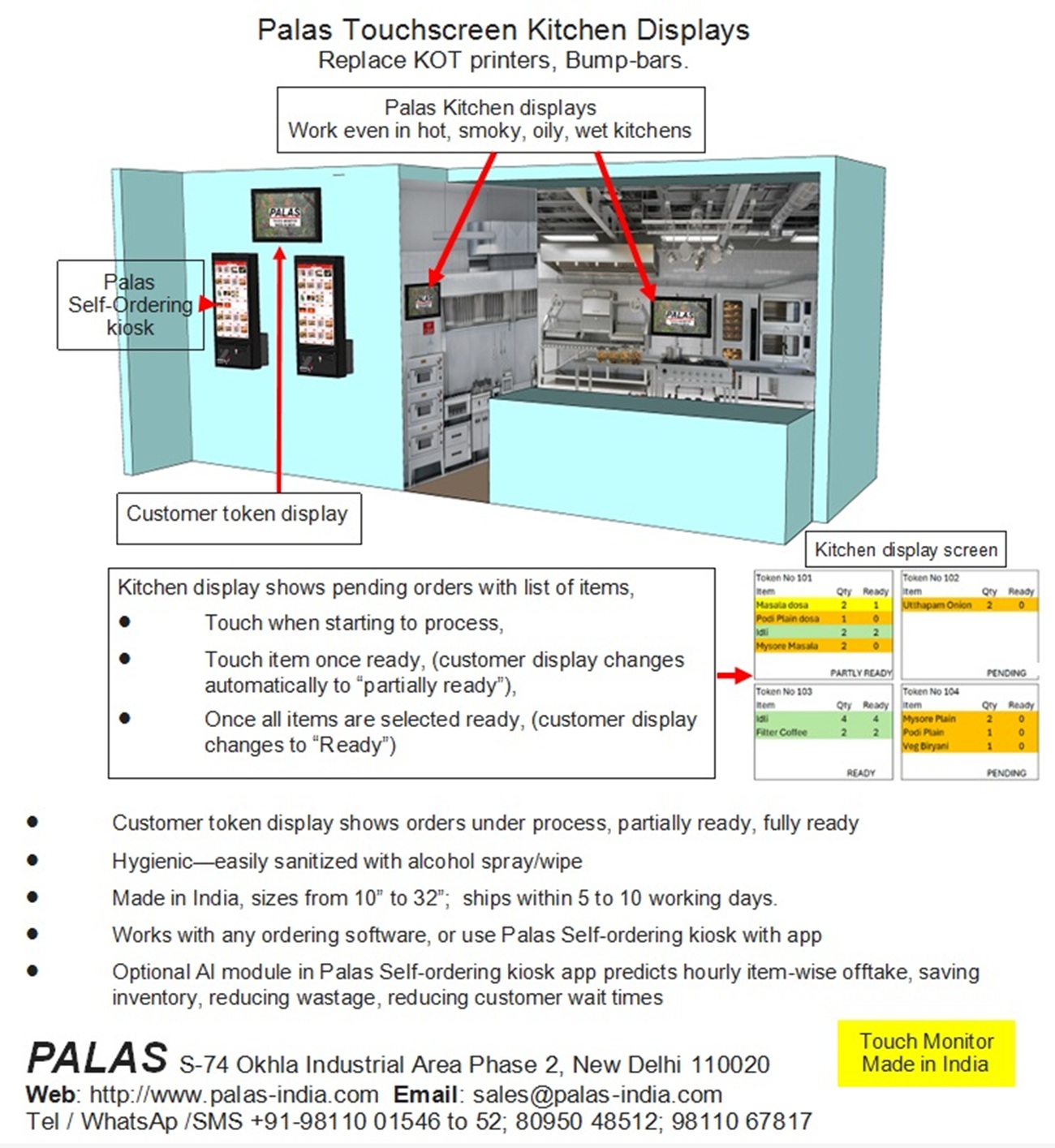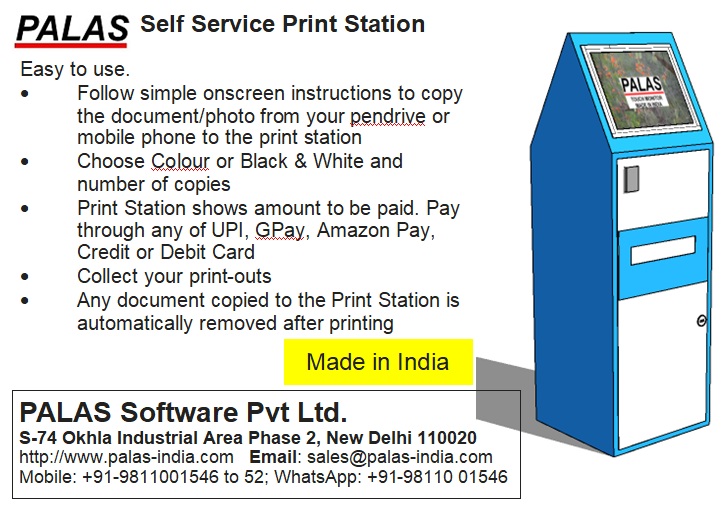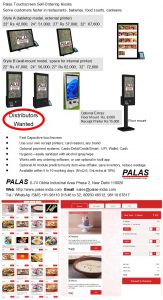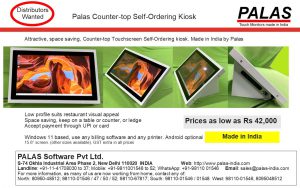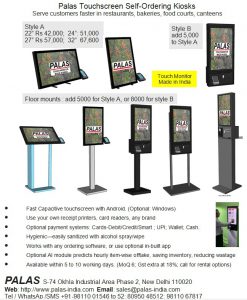AVOID HANDLING PAPER RECEIPTS from ATMs, Toll Plazas, Shops, Restaurants.
BPA and BPS being toxic is now well established, and many plastic products are now certified as “BPA free”. BPA does not need to be ingested, it can leach into your skin just by handling it, so even children’s toys have to be BPA free
Less known is that BPA is also present in the humble paper receipt that we get from toll plazas, ATMs, or when we make card payments at petrol pumps, restaurants, etc. BPA/BPS is apparently added to thermal paper to help ink develop quickly.
In quick service restaurants, we often first pay, then hand over a part of the receipt to the service counter, and when the food is ready, we show our receipt to collect the food. In such cases we handle the receipt much longer, and unfortunately, the longer we handle the more BPA/BPS leaches into our skin. Even 10 seconds is too much
While customers may handle only one receipt, food service staff handle hundreds, increasing risk manifold.
Recognising the risk (and simultaneously saving paper), ATMs now print receipts only on demand, FastTags in toll plazas remove the need for receipts.
But the retail trade, whether shops or restaurants, still print mostly on thermal paper. Some do offer, in lieu of printed receipts, an email or WhatsApp bill as an option, and so do some Self-Ordering Kiosk manufacturers like Palas. This needs to become a standard practice.
References:
https://pmc.ncbi.nlm.nih.gov/articles/PMC5453537/
https://www.theguardian.com/us-news/2025/apr/14/paper-receipt-chemical-bisphenol-s
